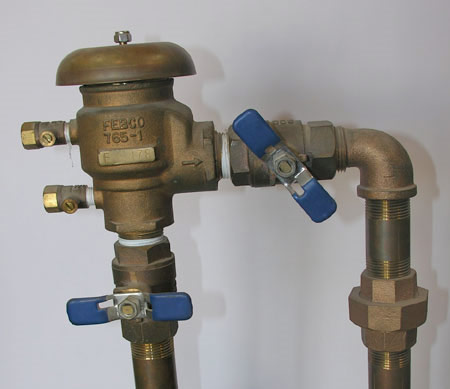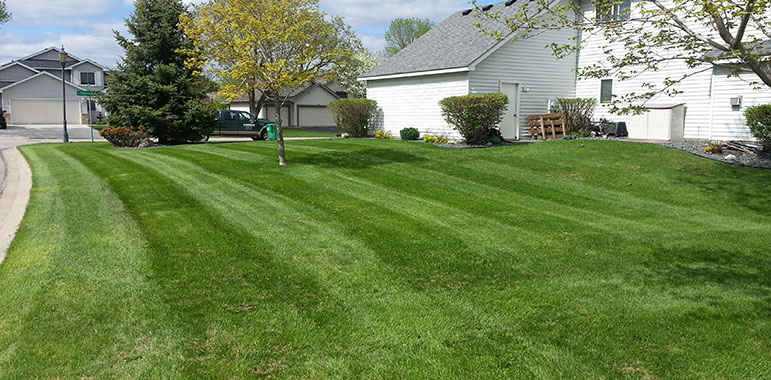SPRING LAWN CARE TIPS
Spring in Minnesota can be unpredictable and contradictory – 34 degrees and sleet one day, and 70 degrees with perfect blue skies and sunshine the next. While it’s tempting to get outside on that first warm day and tackle all your lawn care projects, don’t do too much too quickly. Here are a few spring lawn care tips.
DRY IS BEST
The snow may be melted, but wait until the ground and grass are mostly dry before raking. If the turf is too soft, you may pull grass up by its roots. If your lawn suffers from snow mold (circular, straw-colored patches), you’ll want to gently rake these areas to promote drying and prevent further fungal growth.
AERATE IN THE SPRING AND FALL
While fall is typically the best time to aerate Minnesota lawns, if the yard is hard, bumpy, or packed, you may want to consider aerating in spring with a fall follow-up. Weeds love hard-packed soil.
FERTILIZE
Like any plant, grass needs food to survive. Fertilizers provide missing nutrients. Lawns that require a higher level of maintenance, such as Kentucky Bluegrass, will need an early application of fertilizer. Shady or lower-maintenance lawns need about half as much fertilizer.
GOT WEEDS?
Minnesota lawns can fall victim to a wide variety of weeds:
• Broadleaf, like dandelion, thistle, and Creeping Charlie. Spring is the best time to use chemically-based methods to control annual weeds such as chickweed and knotweed.
• Grass Weeds, like crabgrass and foxtail, should be treated pre-emergence in the spring.
The amount and types of weeds can vary from lawn to lawn, even in the same neighborhood, so treatment may differ as well.
SEED OR SOD
If your lawn has seen better days, it may be time to take additional maintenance steps. There are pros and cons for both seeding and laying sod. Seeding can be time-consuming and frustrating, taking a longer time for the lawn to become established and dense. Sod is a cleaner, quicker option, but may not produce the same quality lawn that results from seeding. Spring is a good time to lay sod, but it’s better to wait until late summer or early fall to seed.
There are a lot of elements that go into a well-maintained, appealing lawn. CB Services has the experience and know-how you need to keep your lawn looking its best. Call us today for a no-obligation estimate for your outdoor maintenance needs. We’ll keep your lawn looking its best – and you can enjoy summer! Visit our website for more information about our lawn care services and contact us today!






